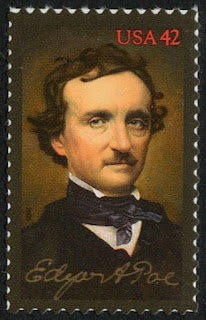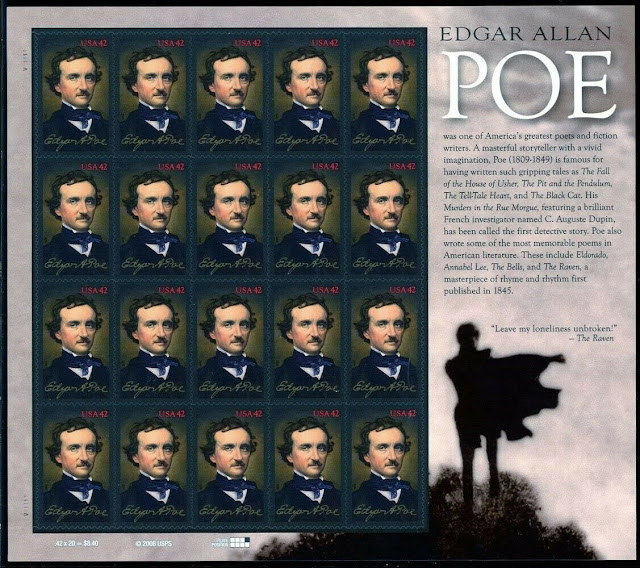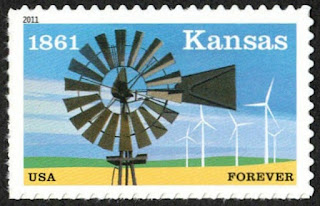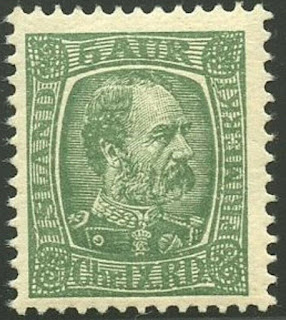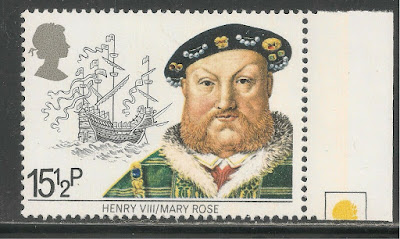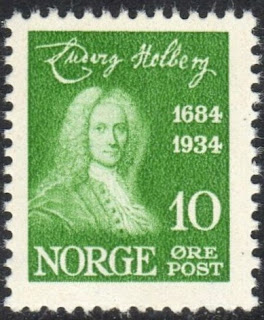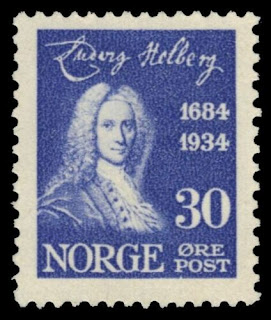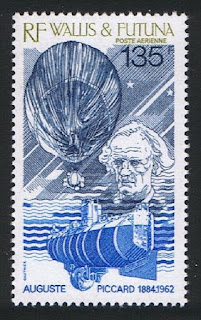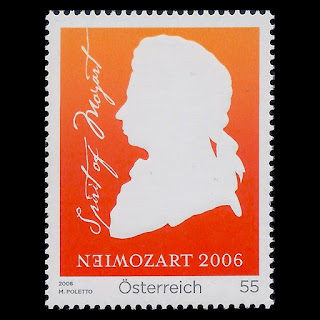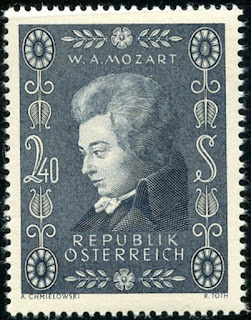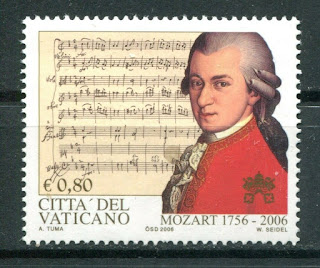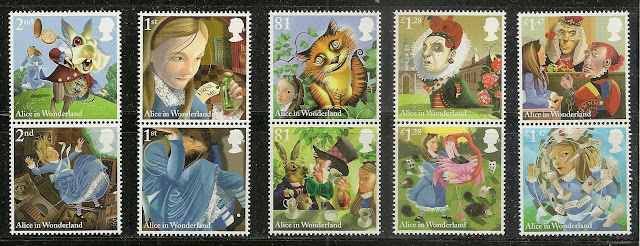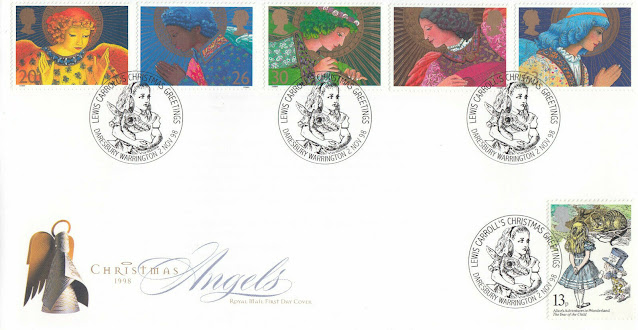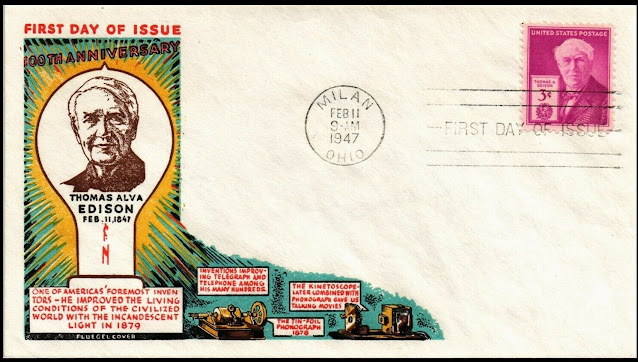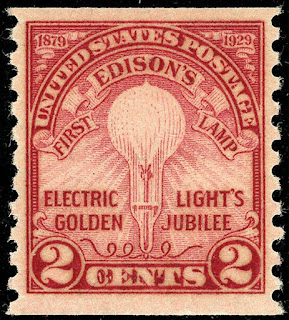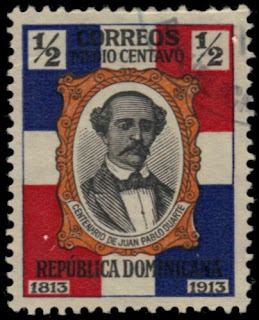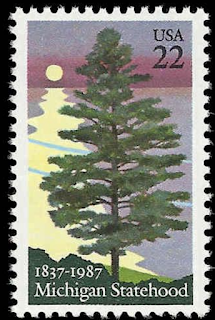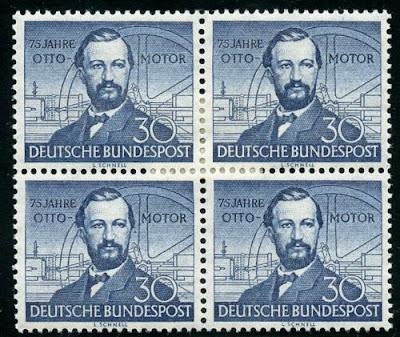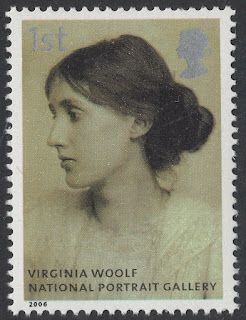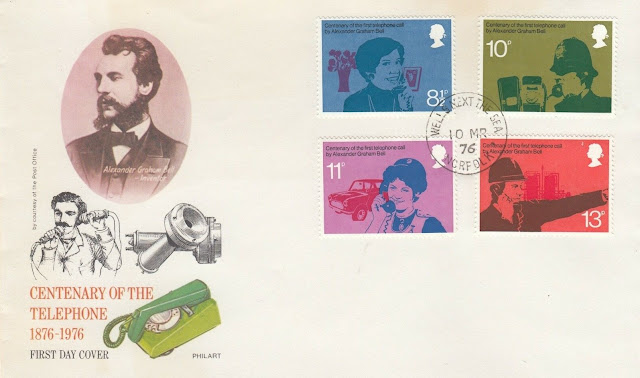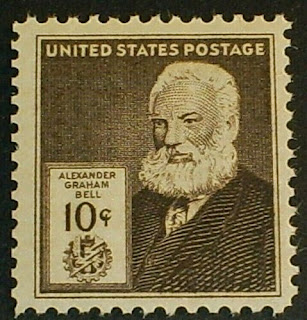Here are some events that happened on January 29th. It could be an event or a person that died or was born on that day
1845 – "The Raven" is published in The Evening Mirror in New York, the first publication with the name of the author, Edgar Allan Poe.
Edgar Allan Poe (January 19, 1809 – October 7, 1849) was an American writer, poet, editor, and literary critic. Poe is best known for his poetry and short stories, particularly his tales of mystery and the macabre. He is widely regarded as a central figure of Romanticism in the United States and of American literature as a whole, and he was one of the country's earliest practitioners of the short story. He is also generally considered the inventor of the detective fiction genre and is further credited with contributing to the emerging genre of science fiction. Poe was the first well-known American writer to earn a living through writing alone, resulting in a financially difficult life and career.
Poe was born in Boston, the second child of actors David and Elizabeth "Eliza" Poe. His father abandoned the family in 1810, and his mother died the following year. Thus orphaned, Poe was taken in by John and Frances Allan of Richmond, Virginia. They never formally adopted him, but he was with them well into young adulthood. Tension developed later as Poe and John Allan repeatedly clashed over Poe's debts, including those incurred by gambling, and the cost of Poe's education. Poe attended the University of Virginia but left after a year due to lack of money. He quarreled with Allan over the funds for his education and enlisted in the United States Army in 1827 under an assumed name. It was at this time that his publishing career began with the anonymous collection Tamerlane and Other Poems (1827), credited only to "a Bostonian". Poe and Allan reached a temporary rapprochement after the death of Allan's wife in 1829. Poe later failed as an officer cadet at West Point, declaring a firm wish to be a poet and writer, and he ultimately parted ways with Allan.
Poe switched his focus to prose and spent the next several years working for literary journals and periodicals, becoming known for his own style of literary criticism. His work forced him to move among several cities, including Baltimore, Philadelphia, and New York City. He married his 13-year-old cousin, Virginia Clemm, in 1836, but Virginia died of tuberculosis in 1847. In January 1845, Poe published his poem "The Raven" to instant success. He planned for years to produce his own journal The Penn (later renamed The Stylus), but before it could be produced, he died in Baltimore on October 7, 1849, at age 40. The cause of his death is unknown and has been variously attributed to disease, alcoholism, substance abuse, suicide, and other causes.
Poe and his works influenced literature around the world, as well as specialized fields such as cosmology and cryptography. He and his work appear throughout popular culture in literature, music, films, and television. A number of his homes are dedicated museums today. The Mystery Writers of America present an annual award known as the Edgar Award for distinguished work in the mystery genre.
US stamps depicting Edgar Allan Poe
1861 – Kansas is admitted as the 34th U.S. state.
Kansas is a U.S. state in the Midwestern United States. Its capital is Topeka and its largest city is Wichita. Kansas is bordered by Nebraska to the north; Missouri to the east; Oklahoma to the south; and Colorado to the west. Kansas is named after the Kansas River, which in turn was named after the Kansa Native Americans who lived along its banks. The tribe's name (natively kką:ze) is often said to mean "people of the (south) wind" although this was probably not the term's original meaning. For thousands of years, what is now Kansas was home to numerous and diverse Native American tribes. Tribes in the eastern part of the state generally lived in villages along the river valleys. Tribes in the western part of the state were semi-nomadic and hunted large herds of bison.
Kansas was first settled by Americans in 1827 with the establishment of Fort Leavenworth. The pace of settlement accelerated in the 1850s, in the midst of political wars over the slavery debate. When it was officially opened to settlement by the U.S. government in 1854 with the Kansas–Nebraska Act, abolitionist Free-Staters from New England and pro-slavery settlers from neighboring Missouri rushed to the territory to determine whether Kansas would become a free state or a slave state. Thus, the area was a hotbed of violence and chaos in its early days as these forces collided, and was known as Bleeding Kansas. The abolitionists prevailed, and on January 29, 1861, Kansas entered the Union as a free state, hence the unofficial nickname "The Free State".
By 2015, Kansas was one of the most productive agricultural states, producing high yields of wheat, corn, sorghum, and soybeans. Kansas, which has an area of 82,278 square miles (213,100 square kilometers) is the 15th-largest state by area and is the 34th most-populous of the 50 states with a population of 2,913,314. Residents of Kansas are called Kansans. Mount Sunflower is Kansas's highest point at 4,039 feet (1,231 meters).
US stamps issued to commemorate Kansas statehood
1886 – Karl Benz patents the first successful gasoline-driven automobile.
Karl Friedrich Benz (25 November 1844 – 4 April 1929) was a German engine designer and automobile engineer.
The Benz Patent-Motorwagen ("patent motorcar"), built in 1885, is widely regarded as the world's first production automobile, that is, a vehicle designed to be propelled by an internal combustion engine. The original cost of the vehicle in 1885 was 600 imperial German marks, approximately 150 US dollars (equivalent to $4,183 in 2018). The vehicle was awarded the German patent number 37435, for which Karl Benz applied on 29 January 1886. Following official procedures, the date of the application became the patent date for the invention once the patent was granted, which occurred in November of that year.
Here are some stamps depicting Benz or his car from Germany and Hungary
1906 Died: Christian IX of Denmark (b. 1818)
Christian IX (8 April 1818 – 29 January 1906) was King of Denmark from 1863 until his death in 1906. From 1863 to 1864, he was concurrently Duke of Schleswig, Holstein and Lauenburg.
Growing up as a prince of Schleswig-Holstein-Sonderburg-Glücksburg, a junior branch of the House of Oldenburg which had ruled Denmark since 1448, Christian was originally not in the immediate line of succession to the Danish throne. However, in 1852, Christian was chosen as heir to the Danish monarchy in light of the expected extinction of the senior line of the House of Oldenburg. Upon the death of King Frederick VII of Denmark in 1863, Christian (who was both Frederick's uncle and cousin) acceded to the throne as the first Danish monarch of the House of Glücksburg.
The beginning of his reign was marked by the Danish defeat in the Second Schleswig War and the subsequent loss of the duchies of Schleswig, Holstein and Lauenburg which made the king immensely unpopular. The following years of his reign were dominated by political disputes as Denmark had only become a constitutional monarchy in 1849 and the balance of power between the sovereign and parliament was still in dispute. In spite of his initial unpopularity and the many years of political strife, where the king was in conflict with large parts of the population, his popularity recovered towards the end of his reign, and he became a national icon due to the length of his reign and the high standards of personal morality with which he was identified.
Christian married his second cousin, Princess Louise of Hesse-Kassel, in 1842. Their six children married into other royal families across Europe, earning him the sobriquet "the father-in-law of Europe". Among his descendants are Margrethe II of Denmark, Elizabeth II of the United Kingdom, Philippe of Belgium, Harald V of Norway, Felipe VI of Spain, Grand Duke Henri of Luxembourg, Constantine II of Greece, Queen Anne-Marie of Greece, Queen Sofia of Spain and Prince Philip, Duke of Edinburgh
Stamps from Danish West Indies and Iceland depicting Christian IX

